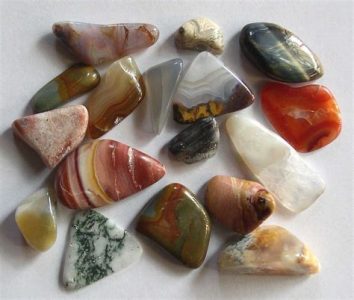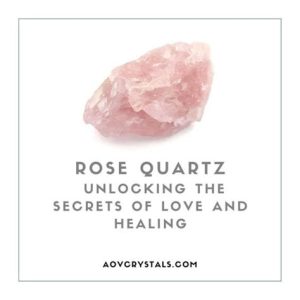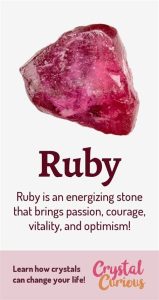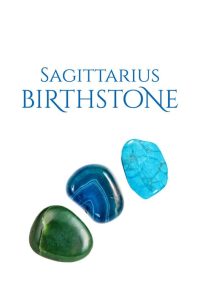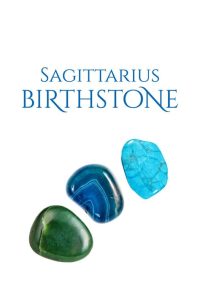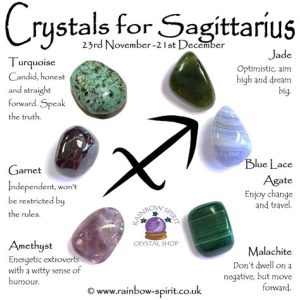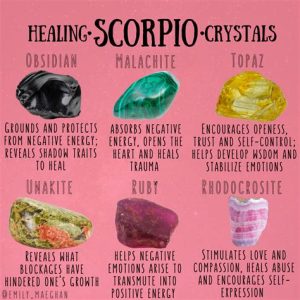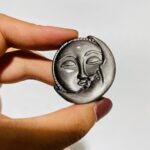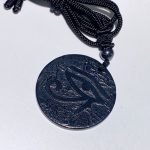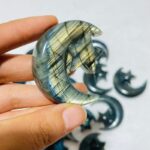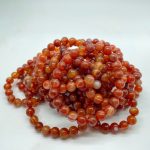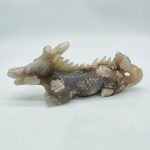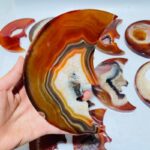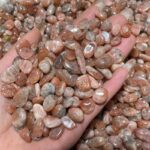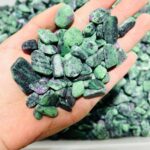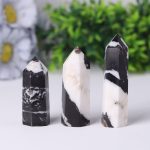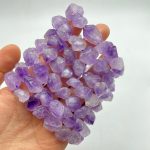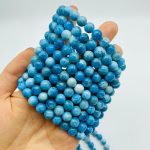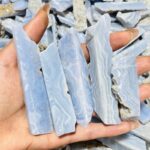Introduction
Quartz, with its ubiquitous presence and diverse applications, is often mistaken for other minerals. Here’s a comprehensive guide to help you distinguish quartz from common lookalikes.
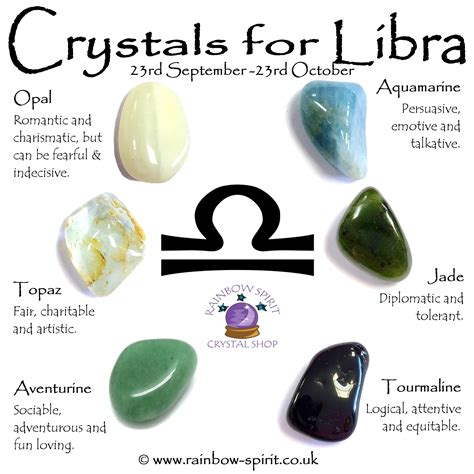
Quartz vs. Feldspar: The Great Imposter
- Feldspar, SiO2, and quartz, SiO2, share a similar mineral formula.
- Quartz is harder (7 Mohs scale) than feldspar (6 Mohs scale).
- Quartz often exhibits conchoidal fracture, while feldspar tends to break with uneven surfaces.
- Quartz has a vitreous luster, whereas feldspar typically displays a pearly or earthy luster.
Table 1: Quartz vs. Feldspar Comparison
| Feature | Quartz | Feldspar |
|---|---|---|
| Hardness | 7 | 6 |
| Fracture | Conchoidal | Uneven |
| Luster | Vitreous | Pearly/Earthy |
Quartz vs. Calcite: The Fizzy Doppelgänger
- Calcite, CaCO3, effervesces in dilute hydrochloric acid, unlike quartz.
- Quartz is transparent or translucent, while calcite often appears opaque.
- Quartz has a higher refractive index (1.544) than calcite (1.486), resulting in greater brilliance.
- Quartz is harder (7 Mohs scale) than calcite (3 Mohs scale).
Table 2: Quartz vs. Calcite Comparison
| Feature | Quartz | Calcite |
|---|---|---|
| Acid Test | No Effervescence | Effervescence |
| Transparency | Transparent/Translucent | Opaque |
| Refractive Index | 1.544 | 1.486 |
| Hardness | 7 | 3 |
Quartz vs. Topaz: The Gemstone Conundrum
- Topaz, Al2SiO4(F,OH)2, is a silicate mineral like quartz.
- Topaz has a higher specific gravity (3.4-3.6) than quartz (2.65).
- Topaz exhibits perfect cleavage, forming distinct basal planes, whereas quartz lacks cleavage.
- Topaz has a vitreous luster, but unlike quartz, it can also display a pearly or greasy luster.
Table 3: Quartz vs. Topaz Comparison
| Feature | Quartz | Topaz |
|---|---|---|
| Specific Gravity | 2.65 | 3.4-3.6 |
| Cleavage | None | Perfect Basal |
| Luster | Vitreous | Vitreous, Pearly, Greasy |
Quartz vs. Diamond: The Ultimate Clash
- Diamond, the hardest known natural mineral, differs significantly from quartz.
- Diamond has a Mohs hardness of 10, while quartz is only 7.
- Diamond exhibits extreme brilliance due to its high refractive index (2.4) compared to quartz (1.544).
- Diamond is transparent and colorless, unlike quartz, which can exhibit various colors and opacities.
Table 4: Quartz vs. Diamond Comparison
| Feature | Quartz | Diamond |
|---|---|---|
| Hardness | 7 | 10 |
| Brilliance | Medium | Extreme |
| Transparency | Varies | Clear |
| Color | Various | Clear |
Common Mistakes to Avoid
- Confusing Quartz with Glass: Glass, an amorphous material, lacks the crystalline structure of quartz. It is softer (5-6 Mohs scale) than quartz and often has a conchoidal fracture.
- Mistaking Quartz for Obsidian: Obsidian, a volcanic glass, shares a glassy appearance with quartz. However, obsidian has a Mohs hardness of 5-6 and a specific gravity of 2.3-2.6, both lower than quartz.
- Assuming All Transparent Crystals Are Quartz: Many minerals, including topaz, beryl, and calcite, can be transparent. Hardness and other optical properties are crucial for accurate identification.
Conclusion
Distinguishing quartz from other minerals is essential for mineral collectors, geologists, and anyone working with gemstones. By understanding the key differences, from hardness to optical properties, you can confidently identify quartz and appreciate its unique characteristics.

